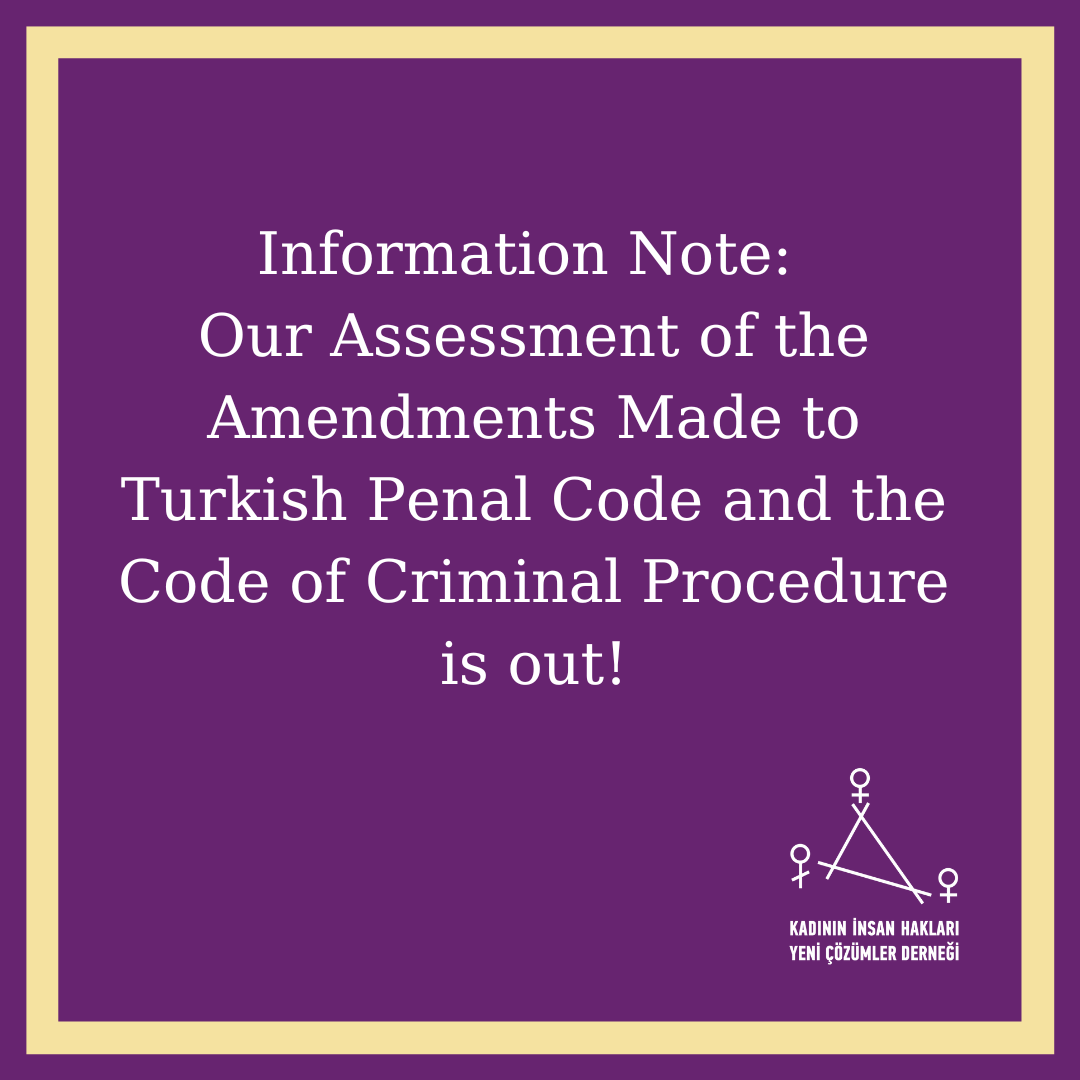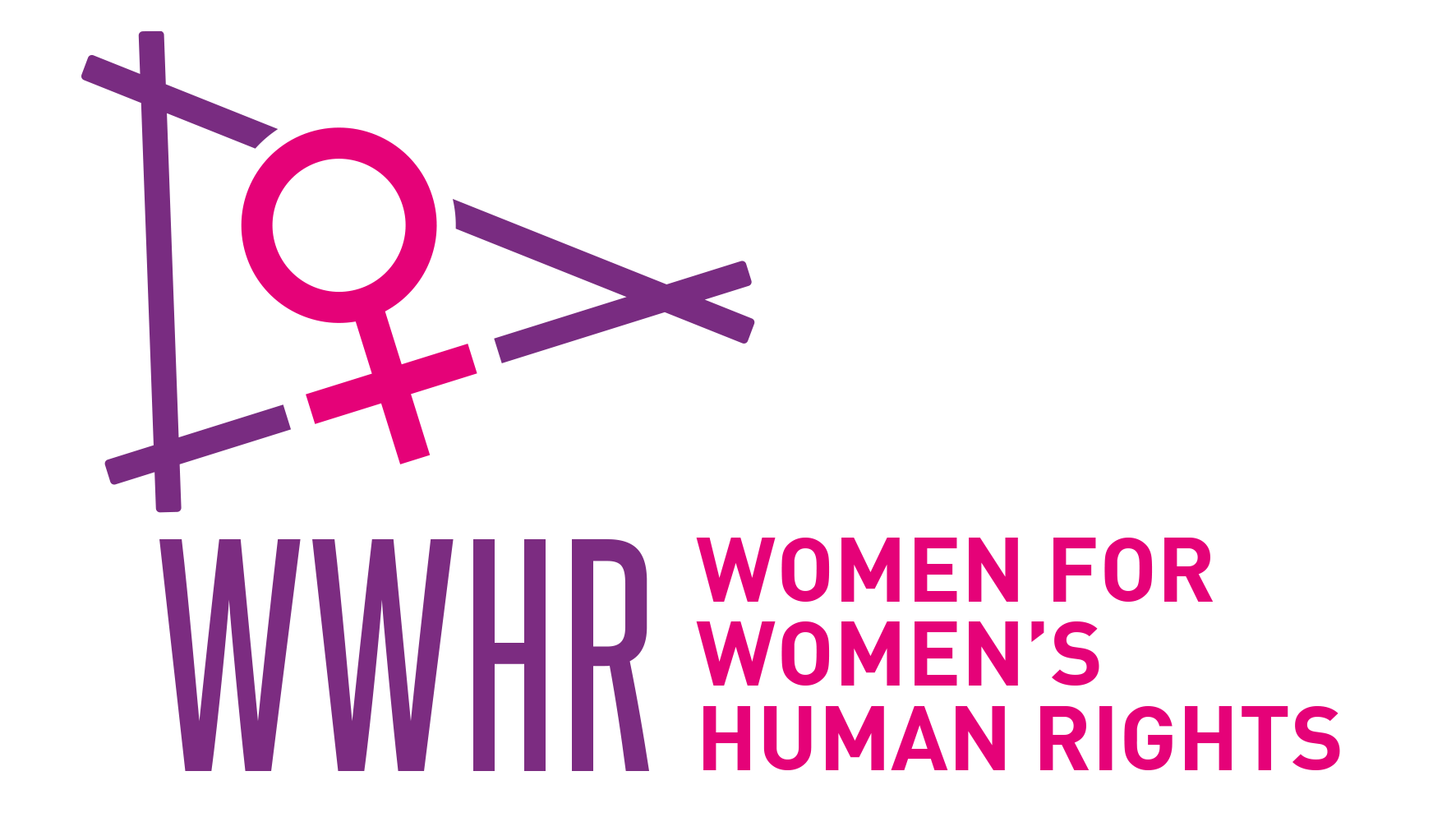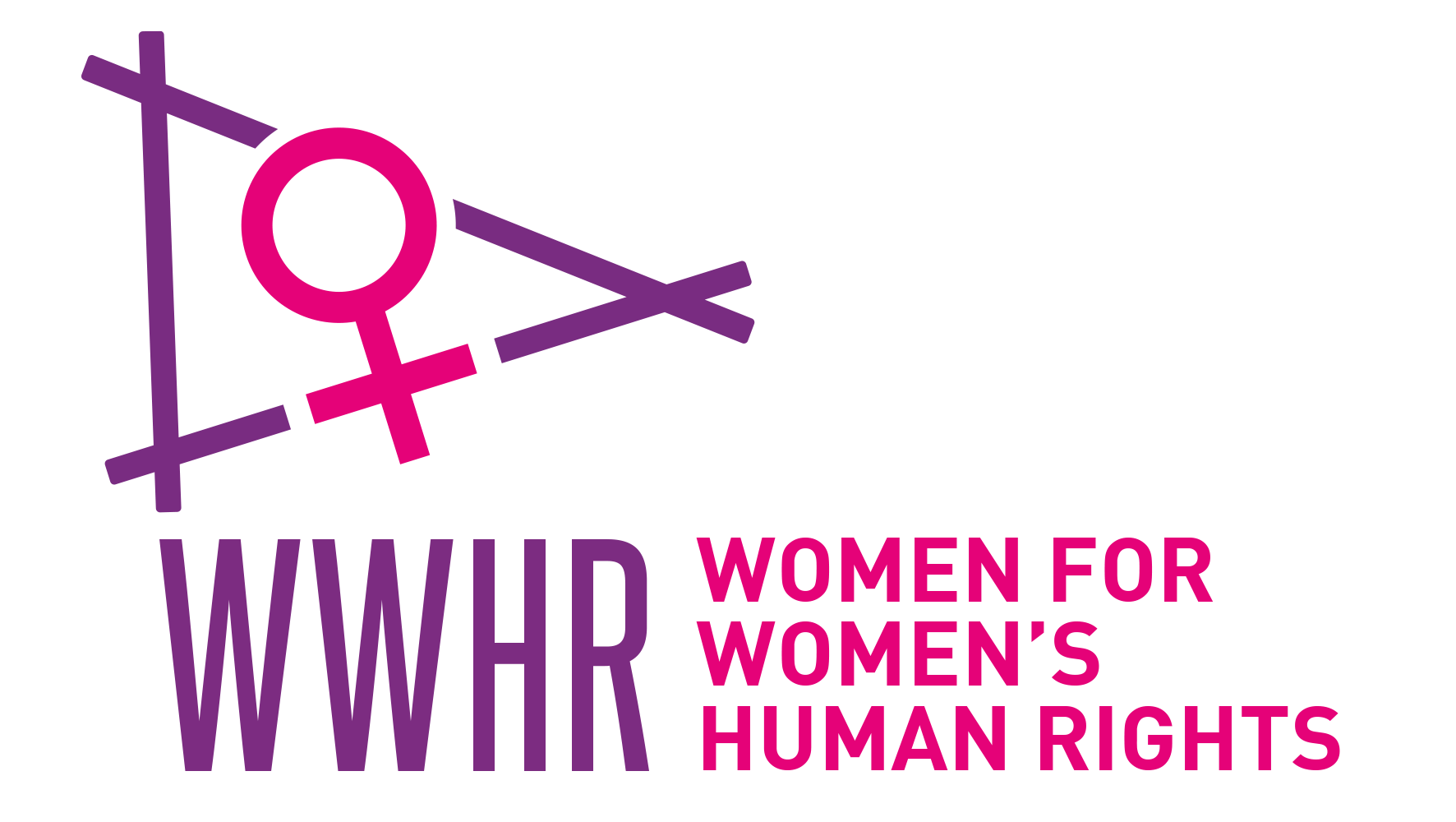
*Please click here for the Turkish version of the information note.
*Please click here is the pdf version of the information note.
Presented as an amendment whose “purpose is to scale up the effectiveness of the efforts to combat domestic violence and violence against women”, the Law Proposal no. 2/4290 on Amending Turkish Penal Code and Some Laws was submitted to the Office of the Speaker of the Turkish Grand National Assembly on 16 March 2022 and put up for a vote and passed by the Assembly on 12 May 2022.
The Law introduces amendments to a series of articles in the Penal Code and the Code of Criminal Procedure, including criminalising stalking, limiting the number of grounds for discretionary mitigation of punishment, publicly known as “good conduct”, increasing the number of types of crimes where victims are entitled to a free lawyer and regulating the qualified forms of certain crimes.
Before addressing the substantive quality of the legal amendments, it is needed to stress some aspects of the process of drafting and enacting the law. The Penal Code is a fundamental law of the state, which is closely related to every member of society due to its authority to directly restrict the rights and freedoms of a person, requiring all state institutions and organisations to firmly observe it in all their actions and proceedings. Therefore, penal codes are laws that are not amended unless it becomes crucial to do so. In case an amendment to the penal code becomes a social requirement, the amendment is made in a transparent and democratic manner with active participation of all segments of society. However, the amendments in question were submitted to the parliament -again- by using a method publicly known as the “omnibus law”, without carrying out the drafting process and the negotiations in a democratic, participatory and transparent manner. The opinions of women’s organisations and civil society were not even solicited and the criticisms and recommendations made by opposition parties at the committee stages were ignored. It is highly doubtful that these legal amendments imposed by the government on society without considering the knowledge and experience of women’s organisations would be capable of outlining a holistic and inclusive roadmap for combatting gender based violence, even more so considering that it is the same government that, notwithstanding the strong opposition of all segments of society, in particular women and LGBTI+ persons, had previously withdrawn from Istanbul Convention, the most effective and comprehensive human rights convention in combatting violence against women and domestic violence.
It is worth noting right from the outset that the legal amendment is, albeit comprising a few positive steps, merely a window dressing, a far cry from achieving the goal of combatting violence. The amendments are not qualified to solve the problems faced in the course of combating gender based violence; to the contrary, they will cause the existing problems in practice to persist, even creating more problems along the way. Furthermore, some amendments to certain articles make no difference; even if they had not been made at all, the end result would have simply been the same.
Detailed Review of Amended Articles
The first amendment made is on Article 62 of Turkish Penal Code (TPC) regulating “grounds for discretionary mitigation of punishment”. The amendment to Article 62 limits the grounds for discretionary mitigation of punishment by removing the term “factors, such as” from the stated grounds of mitigated sentences. Consequently, the grounds for discretionary mitigation of punishment will be limited to “the perpetrator’s background, social relations, behaviour displaying resentment after committing the offense and during the trial as well as the potential impacts of the punishment on the future of the perpetrator”. Any attitude or behaviour displayed by the perpetrator with the intention of influencing the court will not be considered as a ground for discretionary mitigation. Furthermore, the discretionary decision to mitigate the sentence will include justifications. It should be noted that this amendment cannot be regarded as an effective development in the context of combatting violence against women, therefore it is an unnecessary regulation. The justification provided to the public for this amendment was that its purpose was to “avoid mitigations awarded solely based on the perpetrator’s tie and suit”; nonetheless, factors such as whether an offender wears a tie and a suit at the trial have not constituted a legal ground for a mitigated sentence in the previous regulation either. The reason Article 62 of TPC has turned into a mitigation in sentencing on the ground of perpetrators’ suits is the persistence of judges to implement this article in favour of the perpetrator as a result of their gendered misinterpretation. Consequently, the amendment in question fails to focus on the patriarchal perspective as the underlying reason for interpreting the grounds for mitigating sentences in favour of the perpetrator, hence it is unnecessary and dysfunctional. In a similar vein, the amendment requiring written justifications in court decisions is merely an unnecessary repetition and window dressing since Article 141 of the Turkish Constitution already stipulates that it is a constitutional obligation of “all courts to provide written justifications of all their decisions”.
According to the amendments, if the crime is “committed against a woman”, this will be considered a qualified form of crime in the following offenses regulated in TPC: “intentional homicide” regulated by Article 82, “intentional injury treatable by a simple medical intervention” regulated by Article 86/2, “torture” regulated by Article 94, “torment” regulated by Article 96 and “threat” regulated by Article 106. Although the amendment may seem like a positive step at first glance, it should be stressed that an effective combat against violence against women cannot be waged by regulating these crimes as qualified forms of crime when they are committed against a woman. In fact, violence against women has still not been defined in the penal code or regulated as an individual crime. The amendment boils down to simply regulating the said offenses as qualified forms of crimes if committed against a woman and introducing an extremely tokenistic so-called harsher sentence by raising the lower limit of the punishment from 4 to 6 months or from 6 or 9 months. Moreover, it should be noted that the concept of qualified form of crime introduced in the context of intentional injuries applies only to paragraph 2 of Article 86 on “intentional injuries treatable by a simple medical intervention”. Prior to the amendment, the offense carried an imprisonment sentence of 4 months on the lower end. The amendment raises the lower limit of punishment from 4 to 6 months. In other words, the regulation does not cover the offense of intentional injury regulated by article 86/1 that carries an imprisonment sentence for a term of 1 to 3 years but only covers the offense of “intentional injury treatable by a simple medical intervention” regulated by article 86/2, which is punishable by a judicial fine or an imprisonment sentence for a term of 6 months to 1 year in its amended form, as opposed to a term of 4 months to 1 year in its previous form. Therefore, this amendment, which fails to provide an effective solution for combatting violence against women, is in fact an attempt by the government to give the appearance of combatting violence against crime. Besides, the amendments do not introduce any regulations with respect to the psychological violence and economic violence inflicted frequently and with severity on women. The objective should be to provide an exact definition of the violence again women, regulate it as a separate category and achieve gender equality bearing in mind the fact that unequal power relations remain between women and men. The amendments in their current form are a far cry from providing a holistic and effective tool for combatting violence against women.
An important amendment is that the offense of “stalking” is now covered within the scope of the penal code, which is an obligation under the Istanbul Convention. Criminalizing stalking is a positive step in general in that it is both an obligation imposed by the Istanbul Convention on states and a longstanding demand fought for by feminists for years. Nevertheless, on account of the shortcomings in the regulation, it is questionable whether the amendment will actually provide an effective protection, especially in practice, in the efforts to combat violence against women. In fact, to constitute a crime, the perpetrator should persistently commit any of the alternative acts stated in the article. The decision on whether the offense of stalking is committed is left to the discretion of the judge. Indeed, if the act of injustice is committed only to a “reasonable extent”, it will not constitute an offense of stalking. Moreover, the act of stalking does not constitute an offense unless it makes the victim feel “deeply uneasy” or concern for the safety of themselves or one of their relatives. It is left to the discretion of the judge to determine whether the act causes the person to feel deeply uneasy or whether the act justifies the victim’s concern for the safety of themselves or one of their relatives. These vague expressions in the wording of the law makes it exceedingly convenient for judges to interpret the tangible act from a sexist perspective in favour of men, thereby the amendment to the offense of stalking in its current form markedly diverges from the purpose of providing an effective tool in combatting violence. Besides, this is hardly the only shortcoming in the regulation. The regulation renders the offense of stalking dependent on complaints. In fact, it should be possible to launch an ex officio investigation of the offense under qualifying circumstances including, “if the offense is committed against a child”, “if the offense causes the victim to change their school, workplace or residence or drop out of school” and “if the offense is committed by a perpetrator who already has a restraining order or a stay-away measure issued against them to keep them away from the victim’s home, school or workplace”. Moreover, failure to implement protection orders issued under the Law no. 6284 or acts in defiance of injunctions registered by law enforcement are punishable by mandatory imprisonment which is imposed ex officio by the court; nonetheless, making the offense of stalking still dependent on the complaint of the victim despite the injunction is way off the mark, particularly when this paves the way to secondary victimisation of the victim. Lastly, imprisonment sentences given for the offense of stalking for a term of 6 months to 2 years in the basic form of crime and for a term of 1 to 3 years in the qualified form of crime are far from proving to be deterrent and effective in combatting violence since the execution of these sentences can be suspended, thereby the process can result in impunity.
The regulation amends Article 100 of the Code of Criminal Procedure titled “grounds for detention”, including “the offense of intentional injury committed against a woman” to the list of grounds for detention. The regulation is contradictory in this regard. The article and its justification refer to including “the offense of intentional injury committed against a woman” to catalogue crimes; nonetheless, it is not clear whether the inclusion refers to all offenses of intentional injury regulated by Article 86 of the Penal Code or only “the offense of intentional injury treatable by a simple medical intervention and committed against a woman” regulated by 86/2. Indeed, considering that the qualifying form of crime is introduced only to article 86/2 when the offense is committed against a woman, it is fair to anticipate that, in parallel to this amendment, the offense committed against a woman specified by article 86/2 should be the one to be included in catalogue crimes. It is presently unclear how this will be interpreted in practice.
The regulation also amends Article 234 titled “rights of victims and complainants” and Article 239 titled “rights of the intervening party” of the Code of Criminal Procedure. Accordingly, the right to request the appointment of a free lawyer from the bar association, which has previously been regulated for only sexual assault crimes, is granted in the context of other offenses including sexual abuse of children, stalking, intentional injury committed against a woman, torture and torment. Consequently, it will be possible for the bar association to appoint free lawyers to women and children who have suffered from these crimes upon their request. This regulation in question is a positive step in the sense of facilitating the access to justice by women and children who suffer from the listed crimes. However, the criticism levelled with regard to catalogue crimes also applies to this regulation. It is unclear whether the type of crime termed as “the offense of intentional injury against a woman” refers only to the “intentional injury treatable by a simple medical intervention” regulated by Article 86/2 or also to the “intentional injury” under Article 86/1 and as such, it is dubious how this will work in practice.
Finally, the regulation amends Article 245 of the Code of Criminal Procedure, including the offense of stalking to the list of crimes for which conciliation is not allowed. As known, Article 48 of the Istanbul Convention prohibits mediation and conciliation in all cases of violence against women and domestic violence. In practice, however, we see that the conciliation proceeding is conducted even in relation to the crimes for which conciliation is prohibited due to the sexist and unlawful interpretations in the judiciary. Notwithstanding the positive step of including stalking to the list of crimes for which the conciliation is prohibited, it should be considered that any step that does not focus on finding a solution to the problems in practice will fail to be effective in combatting violence.
Conclusion
In general, the legal amendments are far removed from providing an effective and holistic solution to combatting violence against women. As we, the feminists, have been pointing out for years, gender inequality is the underlying cause of violence against women. It is impossible to succeed in combatting violence against women with approaches that are incapable of understanding the fact that gender inequality is the cause of violence, that do not pursue the objective of ensuring gender equality and reduce the matter to only criminal law and harsher punishments, totally bypassing the preventive and protective approach, the pillar of the combat against violence.
Actually, the required course of action is simple: Become a party again to the Istanbul Convention, which already has built the most comprehensive and effective roadmap on this matter and fully implement the Convention. As the Istanbul Convention lays out clearly, to achieve de facto gender equality, it is imperative to implement not only systems focused on criminal law but also holistic policies and mechanisms together with prevention and protection systems in the combat against violence against women and domestic violence.
Women for Women’s Human Rights (WWHR) – New Ways



